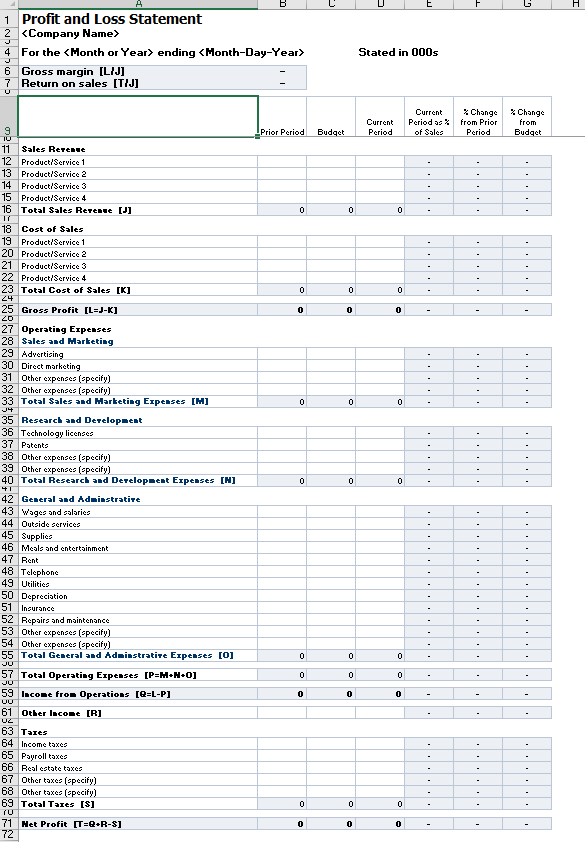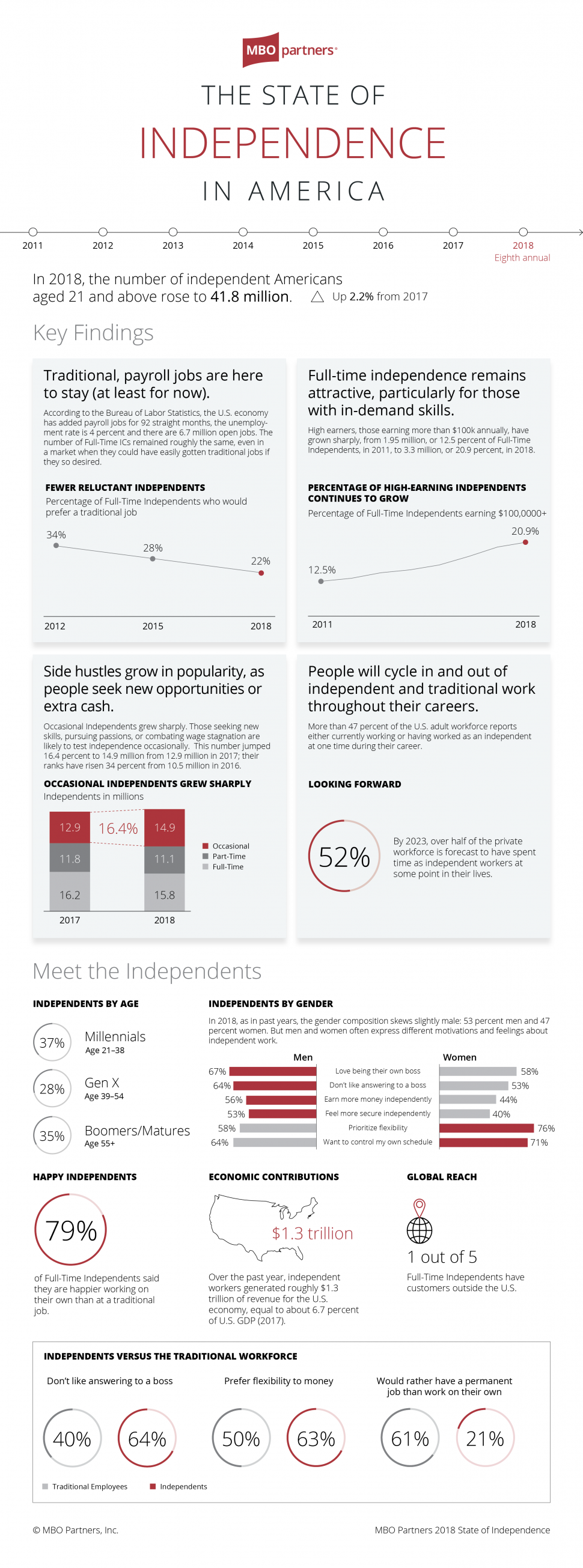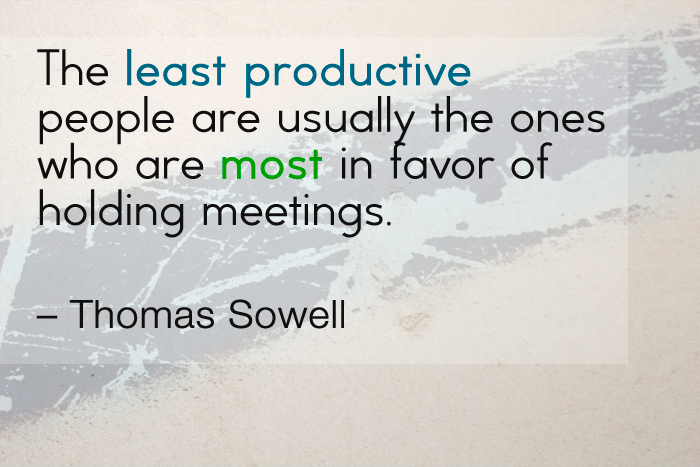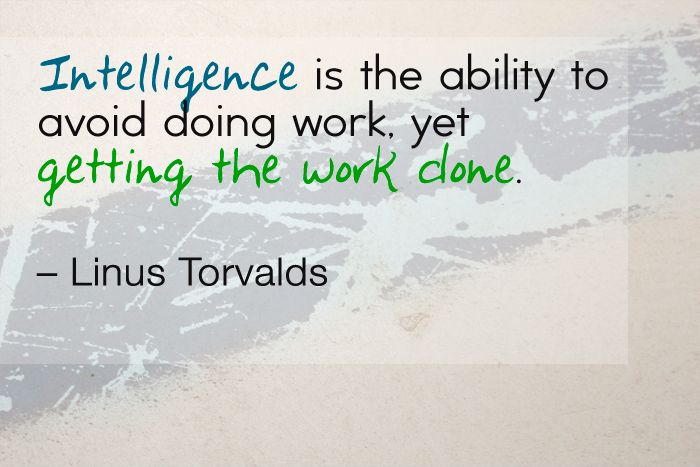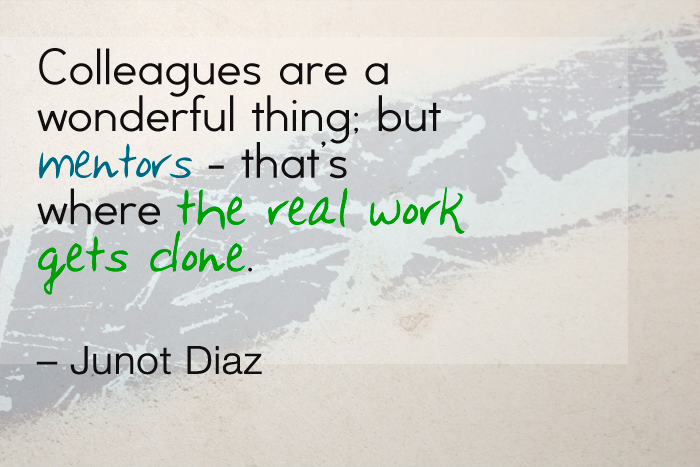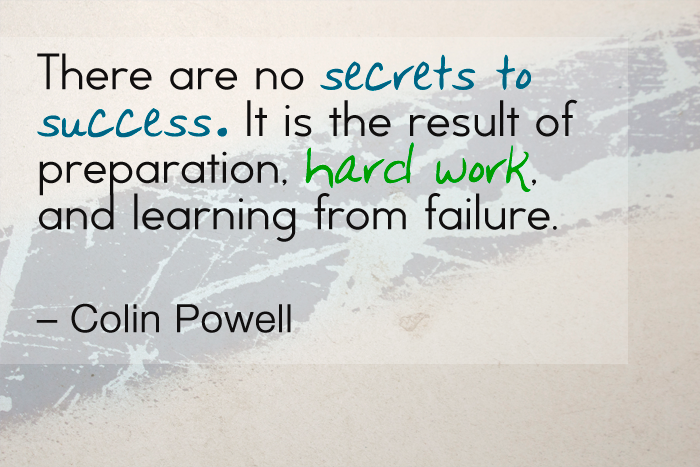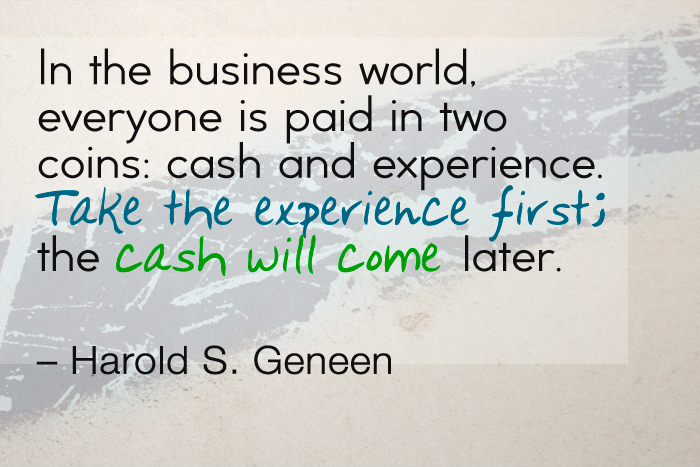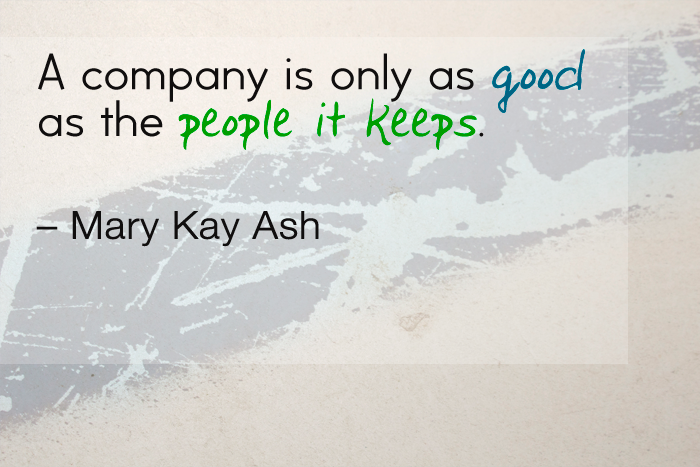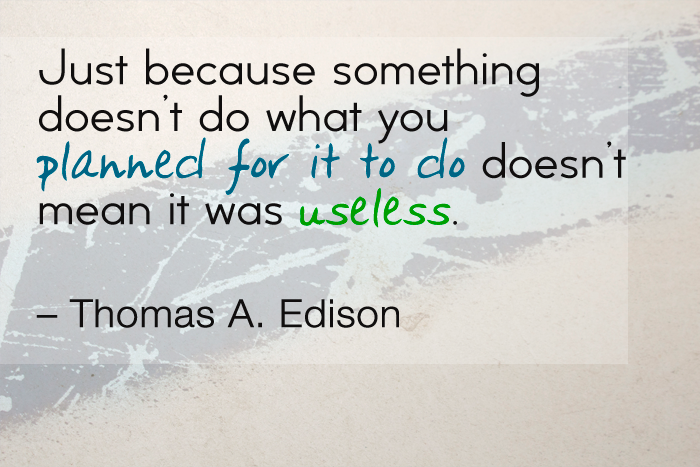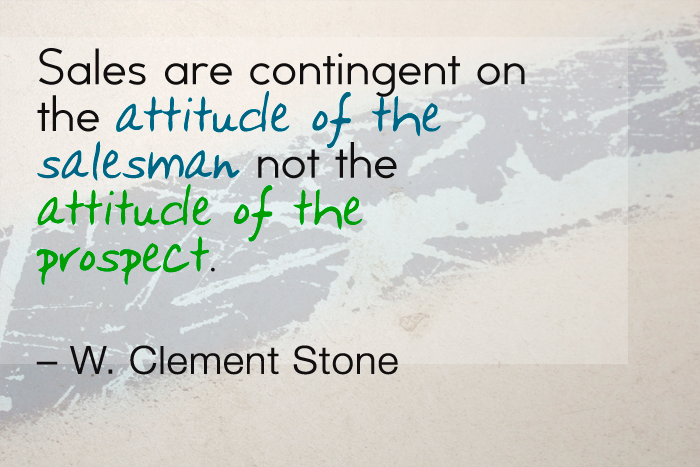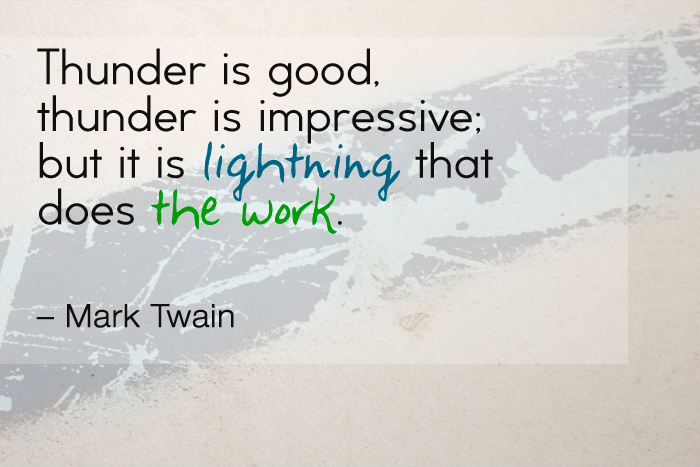In business, professional success may come down to one critical skill that trumps all others, regardless of generation or industry, and it’s this: self-management. The new leadership. Here’s why.
Self Management IS the New Leadership
If you spend any amount of time reading the HR and staffing articles that fill social media news feeds and business magazines about attracting and managing Millennials you might come to believe that the balance of power has shifted from employee to employer. Today’s employers are admonished to offer flexible work schedules, create teams, eliminate hierarchy, do away with titles, offer cafeteria and non-traditional benefits packages and more if they expect to attract “the best and brightest” among Millennials and the younger generations that will follow them into the workplace.
What seems to be missing are articles telling Millennials and emerging generations how they can adapt, grow and develop in order to succeed, including advice that might shatter their misconceptions about what the work place will be like. Zappos, Amazon and the like have embraced hierarchy and work environments that work well for their business models; however, to think that one type of work style translates to all industries and business types isn’t logical. Companies that rely on constant invention and innovation need to be structured in a way that facilitates those activities, but the vast majority of businesses in the U.S. are not Amazon-like in work environment or organizational needs.
One size does not fit all when it comes to employers, nor does one size fit all when it comes to employees, regardless of age or assigned generation. Some people thrive in the holacracy; others, not so much. To think that one style of workplace would be best suited for everyone in a certain age group is as illogical as assuming that one type of teaching style suits all students. It’s just not true.
Here’s something that is true regardless of age, regardless of industry, regardless of work environment: Self-management is the new leadership.
Whether you work in a role with lots of goals and measures or few, whether you work in an environment with lots of oversight or little, and whether you work in a business that has lots of policies and procedures or hardly any, success in any type of business comes down to your ability to effectively manage the time and resources at your disposal, even if that only resource is you.
Self-management covers a lot of turf. It’s about managing work time in a way that is purpose-driven, focused, disciplined and productive – but that’s not all. It’s also about having self-control, and that includes time spent doing work but it also includes time spent in meetings, on teams, and time spent interacting with bosses and co-workers.
At its core, the new leadership – self-management – comes down to four main components: observation, discernment, wisdom and a bias for action.
Here are definitions for each along with synonyms that help to clarify them even more.
Observation
The action or process of observing something or someone carefully in order to gain information. In other words, you keep an eye on things. Synonyms: surveillance, scrutiny, watching, study
Discernment
The ability to judge well. In other words, you have the ability to accurately interpret what has been observed (with at least some degree of objectivity) and begin to form conclusions or strategies as to appropriate response or next steps. Synonyms: judgment, acumen, shrewdness, sensitivity, intuition
Wisdom
The soundness of an action or decision with regard to the application of experience, knowledge, and good judgment. In other words, you have the knowledge and/or experience needed to determine which would be the best options from among possible actions or strategies that should occur next. Synonyms: understanding, intelligence, astuteness, insight
Bias for Action
The fact or process of doing something, typically to achieve an aim. In other words, you’ve seen the problem, developed solutions, chosen the right one and you are willing and able to take action for resolution, response or progress. Synonyms: exploit, achievement, accomplishment, feat
Whether you’re a sole proprietor, part of a traditionally-structured business or a team-member in a holacracy environment, these abilities make you more valuable, more effective and more successful. If you’re an HR, staffing or recruiting professional, these abilities are going to set your best candidates apart, regardless of their age or assigned generation. If you’re a business owner who is wondering which of your staff should be developed for leadership or promotion, choose those that display these characteristics.
If you’re a Millennial – or someone even younger – who is about to enter the workforce, these are the attributes that will help you grow, adapt and succeed over the course of your professional career, perhaps more so than any other skills you have. Self-management is the new leadership (and it was the old leadership, too!)

